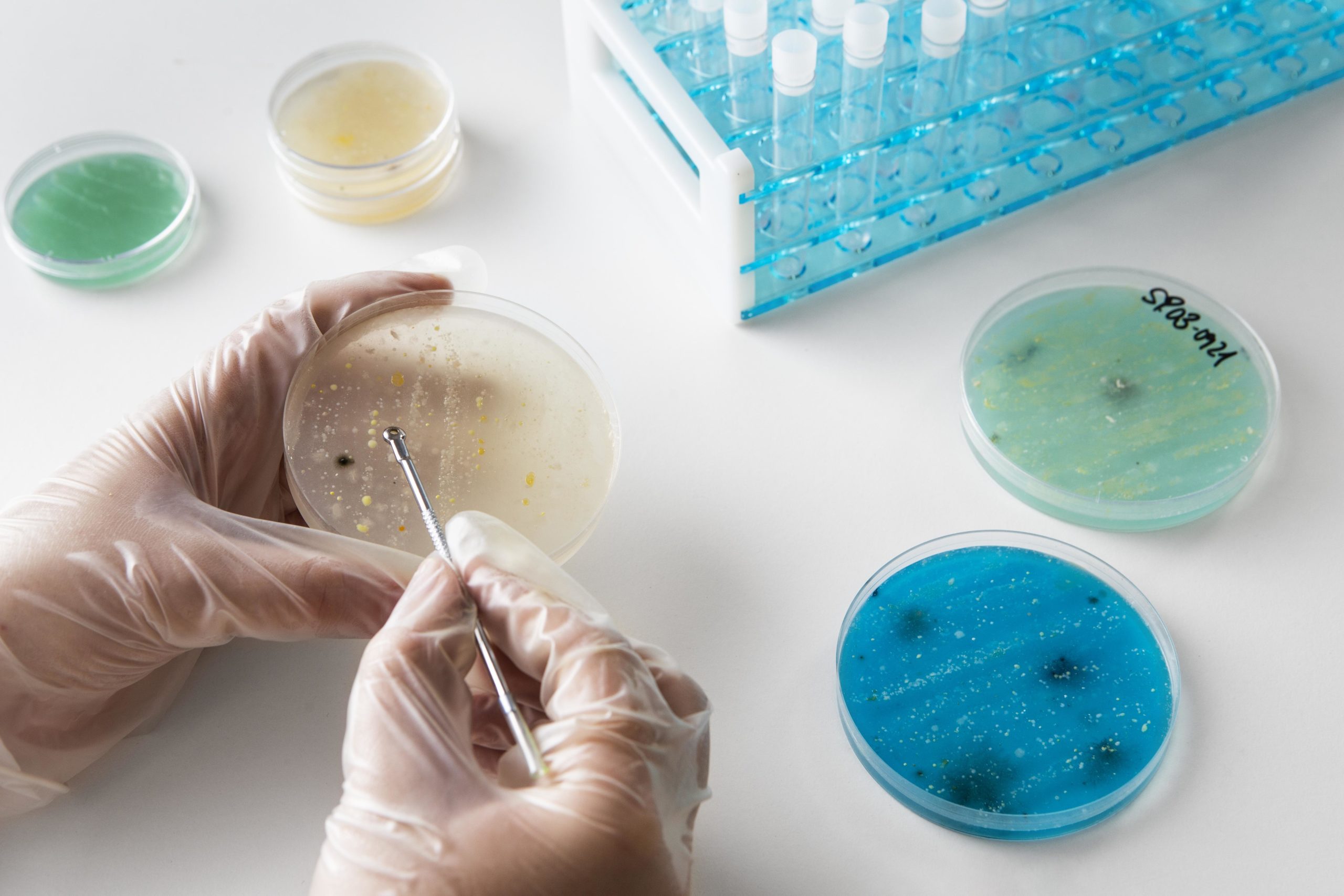ALICE FRASER
With the advancement in technology in diagnostics, many of you may be aware that Gribbles now use Matrix-assisted laser desorption ionisation-time of flight (MALDI-TOF) equipment in microbiology.
MALDI-TOF can be used for several different applications, but in microbiology we use it as a rapid method for identification of microorganisms using their species-specific protein patterns, which are analysed by a process known as biotyping.
The expertise and skills of microbiology staff are key in the utilisation of this state-of-the-art equipment, and conventional bacteriological methods are required in the initial isolation and preparation of pure colonies for the MALDI-TOF method of identification.
As well as increased speed of identification, the use of MALDI-TOF has meant an increase in identification of more obscure microbes, often environmental/soil or commensal microbes, which can now be more readily identified to species level, whereas previously we may have taken these to genus level only. Any unusual microbial species is checked against the microbe database held by Environmental Protection Agency (EPA). If it has not been previously recorded in this database, it must be reported to MPI, under the Biosecurity Act. MPI are then responsible for confirming the identity of the microbe at the Animal Health Laboratory, Wallaceville, often without requiring any other case details.
Any information from the newly identified microbe is checked online (many of them, particularly if considered environmental/soil microbes, may not actually be new to New Zealand, just not previously identified until now), the EPA database is then updated and further investigation may not be required.
Some of these microbes can act as opportunists, taking advantage of any changes in local conditions allowing increased colonisation within an animal or in cases of an animal’s reduced immunity. If however there is any concern that the newly identified microbe is associated with increased livestock mortality or any potential risks to food safety or a potential zoonotic, then MPI must investigate such cases further. In these cases, the laboratory attempts to contact the veterinarian who has submitted the case in the first instance. If there is any concern that the newly identified microbe is an ‘unwanted organism’ then it is dealt with by MPI, like all unwanted organisms or exotic disease, under Section 44 of the Biosecurity Act and the submitting veterinarian is contacted and informed.

